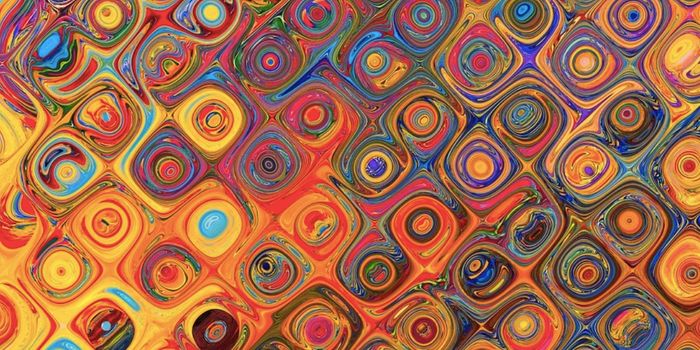
In a study published in Nature Biomedical Engineering, scientists of Harvard University, in collaboration between SEAS, Wyss, Boston Children's Hospital and the Harvard Stem Cell Institute (HSCI), bioengineered a three-dimensional model of a human left heart ventricle. The model may serve a great use to study diseases, test drugs, and design patient-specific treatments for heart conditions such as arrhythmia. "Our group has spent a decade plus working up to the goal of building a whole heart and this is an important step towards that goal," explains Kit Parker, senior author of the study and the Tarr Family Professor of Bioengineering and Applied Physics at the Harvard John A. Paulson School of Engineering and Applied Sciences. "The applications, from regenerative cardiovascular medicine to its use as an in vitro model for drug discovery, are wide and varied."
The bioengineered model uses a nanofiber scaffold tissue that is seeded with human heart cells. Acting as a 3D template, the scaffold guides the heart cells and their assembly into ventricle chambers, beating in-vitro. This gives researchers the ability to study heart function by utilizing many of the same tools used in the clinic, such as ultrasound and pressure-volume loops. "The long-term objective of this project is to replace or supplement animal models with human models and especially patient-specific human models," explains Luke MacQueen, first author of the study and postdoctoral fellow at SEAS and Wyss. "In the future, patient stem cells could be collected and used to build tissue models that replicate some of the features of their whole organ."

"An exciting door is opened to make more physiological models of actual patient diseases," said William Pu, the Director of Basic and Translational Cardiovascular Research at Boston Children's Hospital, a Professor of Pediatrics at Harvard Medical School, Principal Faculty member of HSCI and co-author of the paper. "Those models share not only the patient mutations but all of the genetic background of the patient."
To design the ventricle, investigators combined a biodegradable polyester and gelatin fibers that were initially collected on a bullet-shaped rotating collector. When the collector spins, all the fibers assemble at the same direction. "It is important to recapitulate the structure of the natural muscle to obtain ventricles that function like their natural counterparts," said MacQueen. "When the fibers are aligned, the cells will be aligned, which means they will conduct and contract the way that native cells do." However, to understand the ventricle over long periods of time, the researchers worked to build a self-contained bioreactor that holds separate chambers for optional valve inserts and additional access ports for inserting catheters and ventricular assist capabilities. Now, the researchers aim to utilize the model for patient-derived, pre-differentiated stem cells to seed ventricles, allowing for the high-throughput production of the tissue. "We started by learning how to build cardiac myocytes, then cardiac tissues, then muscular pumps in the form of marine organism mimics, and now a ventricle," explains Parker. "Along the way we have elucidated some of the fundamental design laws of muscular pumps and developed ideas about how to fix the heart when these laws are broken by disease. We have a long way to go to build a four-chamber heart but our progress is accelerating."
Source: Harvard John A. Paulson School of Engineering and Applied Sciences, Nature Biomedical Engineering








